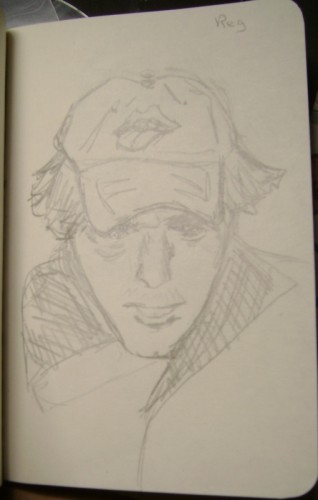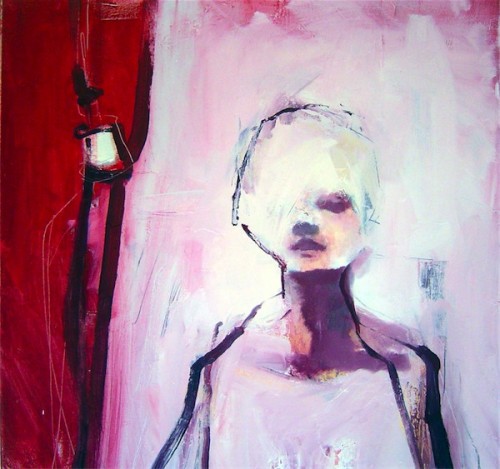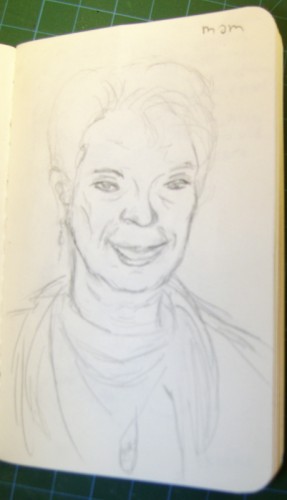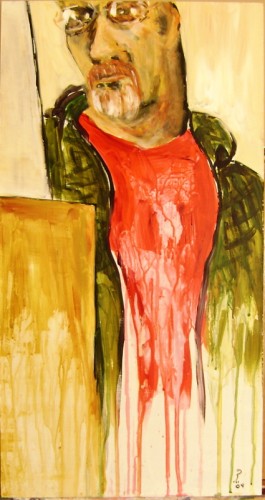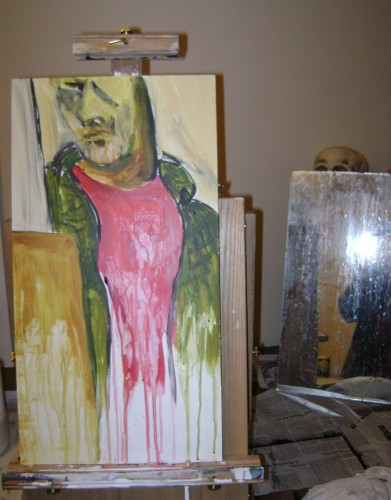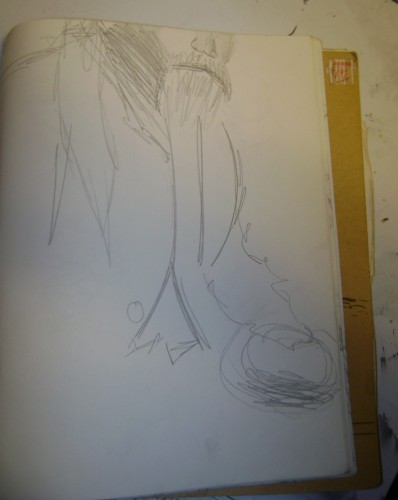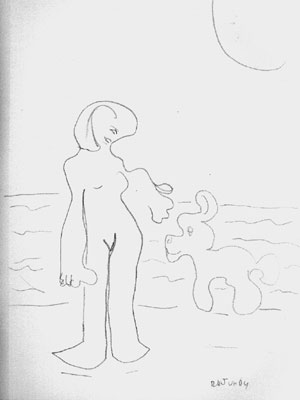Is FACEBOOK run by D.A.R.P.A’s Information Awareness Office? | Daily Newscaster
Is FACEBOOK a Department of Defense data mining scheme run by the CIA and D.A.R.P.A.? Should you be trusting all your personal data to FACEBOOK’s management?
FACEBOOK was initially conceived by Mark Zuckerberg but the venture was first funded with $500,000.00 in capital from PayPal founder Peter Thiel. With millions more to come from sources with close ties to D.A.R.P.A, the Central Intelligence Agency and the Department of Defense….
Is this paranoid, or maybe true? God, I love a good conspiracy theory. I always say be careful what you hang out there on the web. Personall, after last week’s Term of Service fiasco at Facebook, I wouldn’t be trusting them much anyways.

